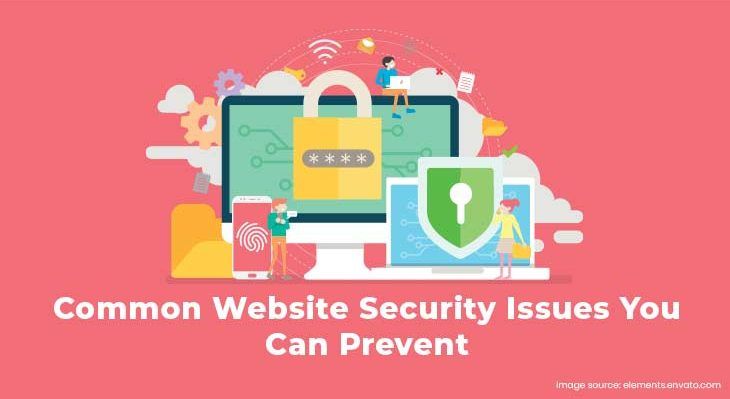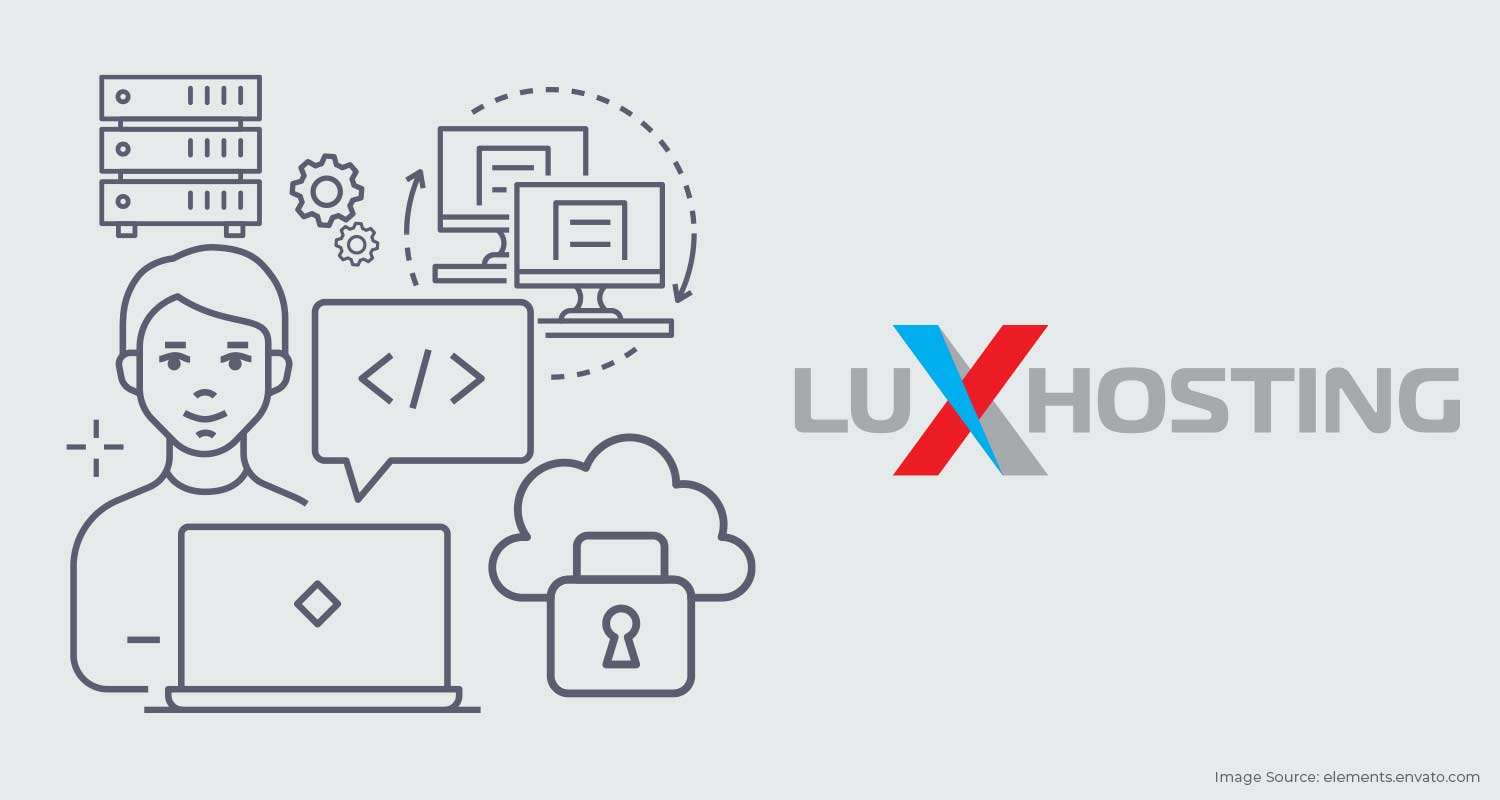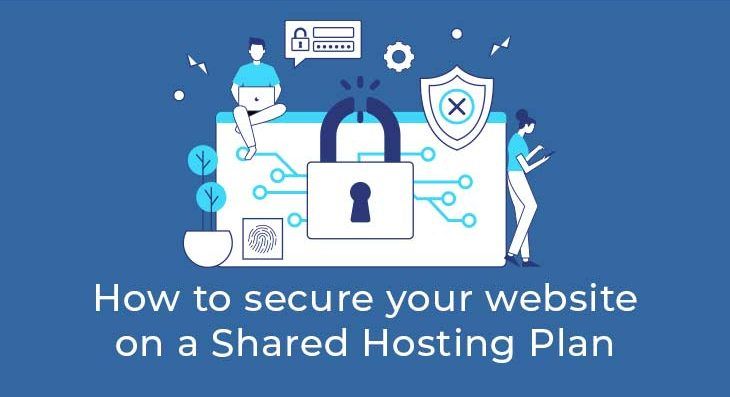In the age of the internet and the realm of web development one detail that doesn’t get quite as much attention as it ought to website security. It doesn’t matter if you own a social media site with users and traffic in the millions, or a modest personal blog garnering traffic in the tens (yes, just tens), being proactive with your website security is paramount. Any website, no matter how big or small, is vulnerable to attack from unscrupulous actors looking to exploit your web security vulnerabilities, either for personal gain or simply to create chaos. It cannot be stressed enough that every website is at risk.
8 Website security issues to avoid
What’s unfortunate is that many websites that are attacked could have taken simple measures to patch up their web security vulnerabilities and prevent it but didn’t. There are some very common ways that websites leave themselves vulnerable. Here are some common security issues that can be easily resolved or prevented:
1. Lax Security
You would be surprised at how many people are lax with their website security measures. Maybe they think their website isn’t popular enough or interesting enough to cyberattacks. However, there are many reasons why dark agents might want to attack a particular website, including spreading malware, stealing user data, causing chaos to benefit competitors or even to hold the website at ransom. Additionally, if you use shared hosting, as opposed to VPS or Dedicated Server hosting, your website could be vulnerable to attacks that happen on other websites that share the same server. Long story short, if you have a website, it’s vulnerable to attack. You need to ensure that sufficient security measures are in place.
Anyone planning to own a website should start by looking at their web hosts and how much effort they put into security. Choose a host that not only works to secure their servers, but also has robust additional security options for your website - and make sure to implement them! That’s your first line of defense.
2. Unsecured Sites
By now, you may have noticed that many website URLs have switched over from http (Hypertext Transfer Protocol) to HTTPS and visiting sites that don’t have that little “s” in their URL might turn up a security warning in your browser. That “s” stands for secured. One of the common web security vulnerabilities is simply not having basic secured protocol on your website to begin with.
Websites, especially ecommerce sites that handle sensitive user information, need to have secure protocol. You do this by installing an SSL (Secure Sockets Layer) certificate to your website. The SSL encrypts data being transmitted between the user and the website so that sensitive information cannot be read or stolen by others. It also gets you that quaint little “s” in the URL.
3. Outdated Software and Plugins
All software and plugins used in building your website can have vulnerabilities ready for cyberattacks to exploit. Software updates are not just about improved performance and added features; updates can also include improvements upon vulnerabilities discovered in this software. Regularly updating software is a simple way to maximize website security.
4. Bad Password Hygiene
Hackers will try to get admin access to your website. Weak passwords and bad password practices are very preventable ways to introduce vulnerability. Ensure that all passwords used for admin access are strong and regularly changed, especially if there is any indication of a recent attack or attempted attack of any kind on your website.
5. Lax Admin Access
The more people with admin access to your website, the more likely that one of them could introduce a vulnerability. Limit access to your website, give full access only to persons with high level of responsibility and have restricted access for the rest. Monitor and record access and educate all users on web security best practices.
6. Backups
How are backups a security issue? Well, not having them is. Make regular backups for your website and it’s databases. In the event of an attack, a backup can prevent loss of information and can come in handy as a rapid solution to avoid downtime by switching your website with recent problems to a previously backed up, problem-free version.
7. Malware Attacks
Malware is an umbrella term for any malicious software, such as spyware, ransomware and viruses, that can be used to harm or get unauthorized access to your website. Install and regularly update software designed for malware detection and removal to help prevent malware attacks. Use a web application firewall (WAF) which monitors http traffic, filters unwanted traffic and prevents attacks that exploits known vulnerabilities in web applications. The best web hosts might offer malware detection and removal as well as WAF in their packages.
8. DDoS Attacks
A Distributed Denial of Service (DDoS) attack involves cyberattacks flooding your website with fake traffic. This can overwhelm servers causing downtime or slowed performance and preventing authentic visitors from accessing your site. This can be a nightmare, and DDoS attacks can be quite difficult to manage once the attack has started. The best solution is to be proactive in preventing this. First find out about what level of DDoS protections (if any) your webhost provides. There are also a number of services available that you can use to prevent or mitigate a DDoS attack, should one occur.
To wrap up
E-hosting helps by proving a secure platform to host your online projects, protecting it from cyber-threats. Firewalls, SSL certificates, backup among other security tools mentioned above all work together to protect websites, servers and infrastructure against malicious attacks. If you're interested in seeing how this all comes together, start your very own cyber attack defense by migrating your site to luxhosting.com. Remember, never take cyber security for granted. For expert advice, don't hesitate to contact our cyber-security experts to determine which security solutions would be right for you.




